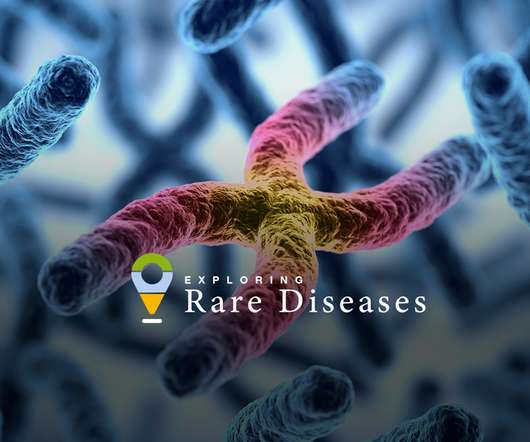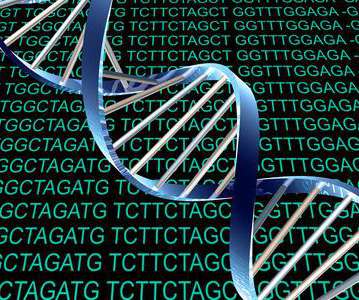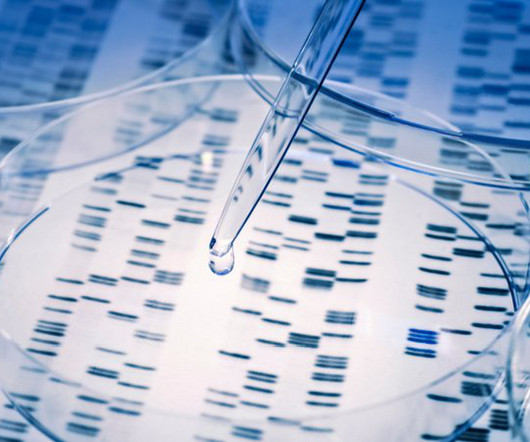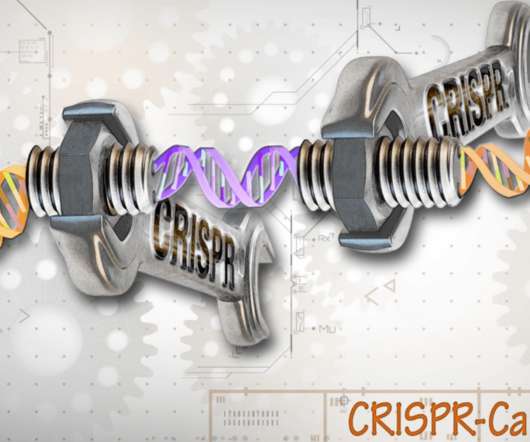Ring 20: Could the rare disease get left behind by next-generation gene sequencing?
pharmaphorum
NOVEMBER 3, 2020
Ring Chromosome 20 Syndrome, or (R)20, is an ultra-rare form of epilepsy with a devastating impact – yet despite huge leaps forward in gene sequencing in recent years, diagnoses are going down instead of up. The post Ring 20: Could the rare disease get left behind by next-generation gene sequencing? appeared first on.















Let's personalize your content